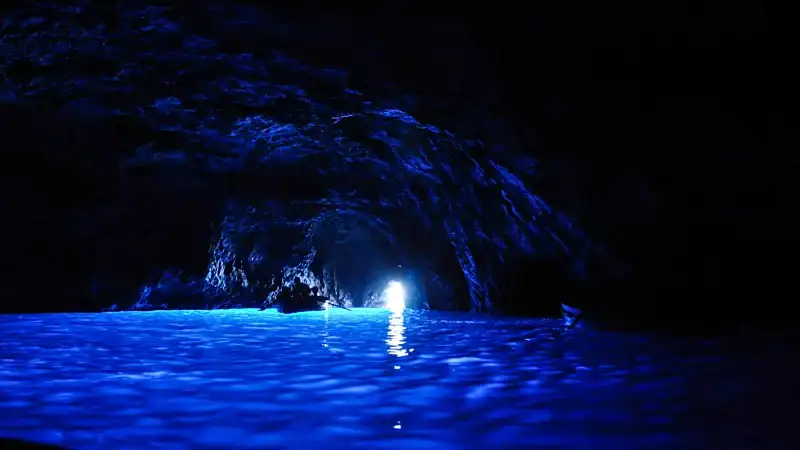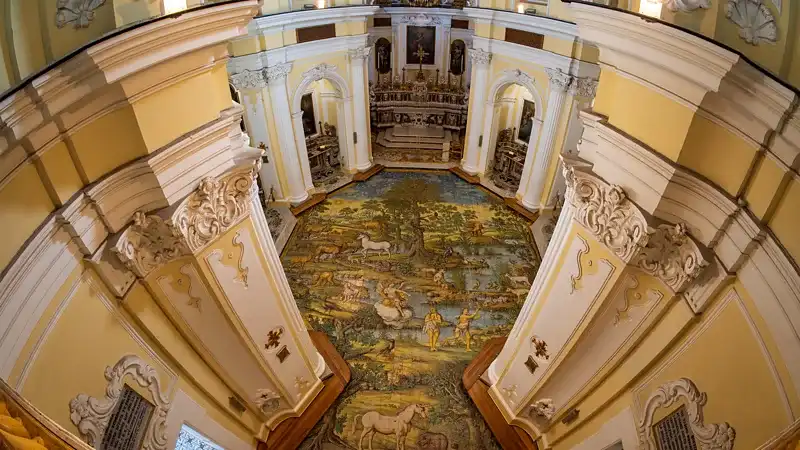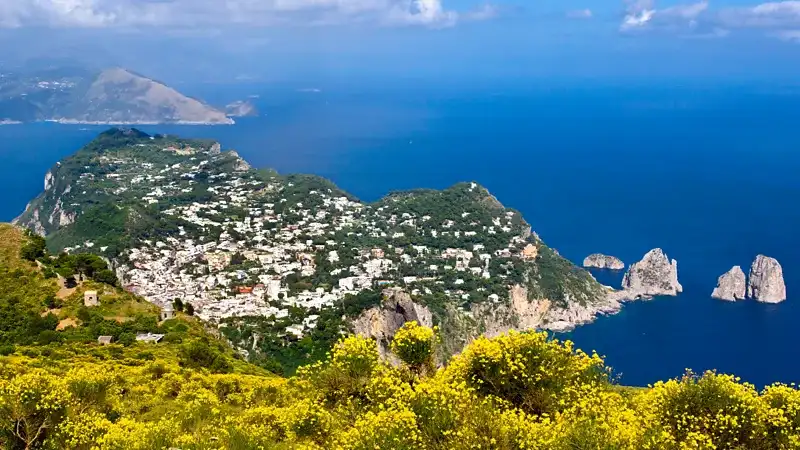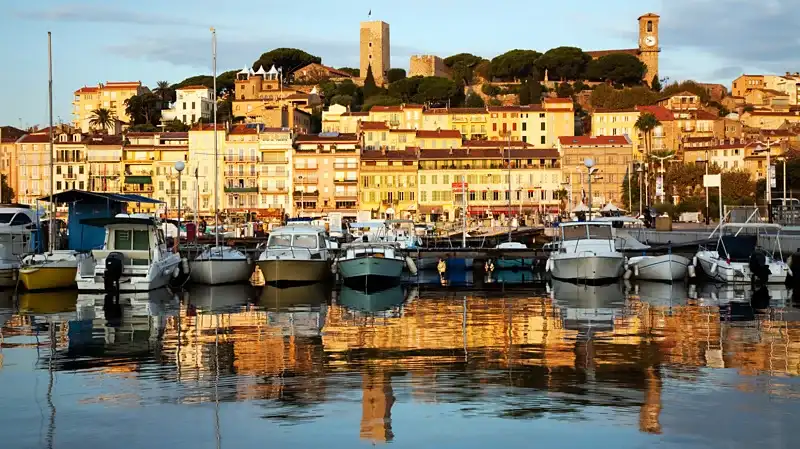Capri’s postcard image is clear: bougainvillea spilling from whitewashed terraces, designer shops on cobbled lanes, yachts bobbing in the bay. But venture past the perfumed luxury of Capri Town and you’ll discover another side — rugged, fragrant with wild herbs, and etched with trails that hug sheer cliffs. This is Anacapri, the island’s quieter, tougher sister — and its best-kept secret.
Capri’s Double Life: Glamour vs. Grit
Capri, one of Italy’s Phlegrean volcanic islands, is divided into two towns: glitzy Capri Town to the east, and the down-to-earth Anacapri to the west. While thousands arrive daily to sip espresso in Piazza Umberto I or snap selfies with the faraglioni sea stacks, few make the 15-minute bus ride up the switchbacks to Anacapri. But that’s where the real adventure begins.
“Seventy to 80% of visitors never leave Capri Town,” says Camilla Formisano of Capri.com. “Social media has compressed the island into a single image. But there’s a whole other world if you take the time to explore.”

Walking the Wild Edge: The Trail of Little Forts
Formisano encouraged me to hike the Sentiero dei Fortini, or Trail of Little Forts, a 6km coastal path connecting three 19th-century military outposts. I started near the Blue Grotto and made my way westward along sun-blasted cliffs, through wild rosemary and fig trees, often alone for long stretches. One rustic fountain at Fort Mèsola was the only water source. The views from Fort Orrico — where the cliff plunges 30 metres into the sea — were staggering, with Ischia and Procida looming in the distance.
Tip: Start early and bring water. The trail takes roughly three hours and has no services en route. Wear sturdy hiking shoes, not your new leather sandals.

Orange Blossoms and Hidden Coves
Anacapri is best explored on foot — or by bus if you’re heading farther afield. From the Boffe quarter, trails fan out past blooming citrus trees and hillside farms to Punta Carena, home to Capri’s lone westward-facing lighthouse. It’s also the island’s best sunset spot.
At Punta Carena, locals sunbathe on rocks or dive into the sapphire sea. Grab a crouton-stuffed panzanella salad at da Antonio, or opt for a limoncello spritz at the upscale Lido del Faro, which comes with its own pool and panoramic terrace.

Monte Solaro and the Migliera Trail
Two more must-do hikes begin at Piazza della Pace. The Migliera Trail winds past farms and stone walls to a dramatic cliffside overlook. Climb the ridge to the left for a unique view of the faraglioni. The Monte Solaro chairlift takes you 589m above sea level for Capri’s most panoramic view — or you can hike up via Via Axel Munthe and spot mountain goats along the way.

The Scala Fenicia: Capri’s Ancient Staircase
If you’re truly ambitious, skip the bus and climb the Scala Fenicia, a 1.7km Greek-built stone staircase with 921 steps linking Marina Grande to Anacapri. It’s a challenging ascent, but the views of olive groves, lemon terraces, and the sea are unforgettable.
“All you need is a Led Zeppelin anthem in your head,” says Pep Minichino of Campanica. “It’s a rite of passage.”
The stairs lead to Villa San Michele, once home to Swedish physician Axel Munthe. His grand villa — built over Roman ruins — is now a museum showcasing Roman sculptures, lush gardens, and sea views worth every sweaty step.

The Blue Grotto — and Beyond
The Blue Grotto remains Capri’s most hyped natural attraction. While the queue is chaotic, the glowing blue water and operatic gondoliers inside the cave do deliver magic. Formisano’s advice? “Go by land and arrive at 9 a.m. to be first in line. Avoid the crowds from Marina Grande.”
But true Capri style means slipping away to Gradola, a local swimming spot near the grotto where cliff divers and sunbathers gather beside a sea-facing restaurant. Here, Anacapri feels fully yours.

Staying in Anacapri: Simple Charms and Starry Nights
I stayed at Giardino dell’Arte, a peaceful B&B tucked into an orange grove. My room was modest but tile-floored and airy, and I was treated to homemade ravioli alla Caprese in the garden by my host.
Wandering through the Boffe quarter, I discovered La Casa Rossa, a bright red mansion blending Moorish and medieval architecture. At Chiesa Monumentale di San Michele Arcangelo, I marveled at its surreal majolica-tiled floor depicting Eden — crocodiles, lions, and all — from a perch on the balcony above.
Ending With a Toast
Capri’s dual identity becomes clearest at sunset. I ended my day at the rooftop bar of Hotel Caesar Augustus, a 19th-century clifftop palace. With a limoncello spritz in hand and dusty boots propped on a velvet stool, I watched the sky flare orange and purple over the Gulf of Naples. Ischia and Procida glowed in silhouette. Luxury and wilderness — Capri in perfect balance.






